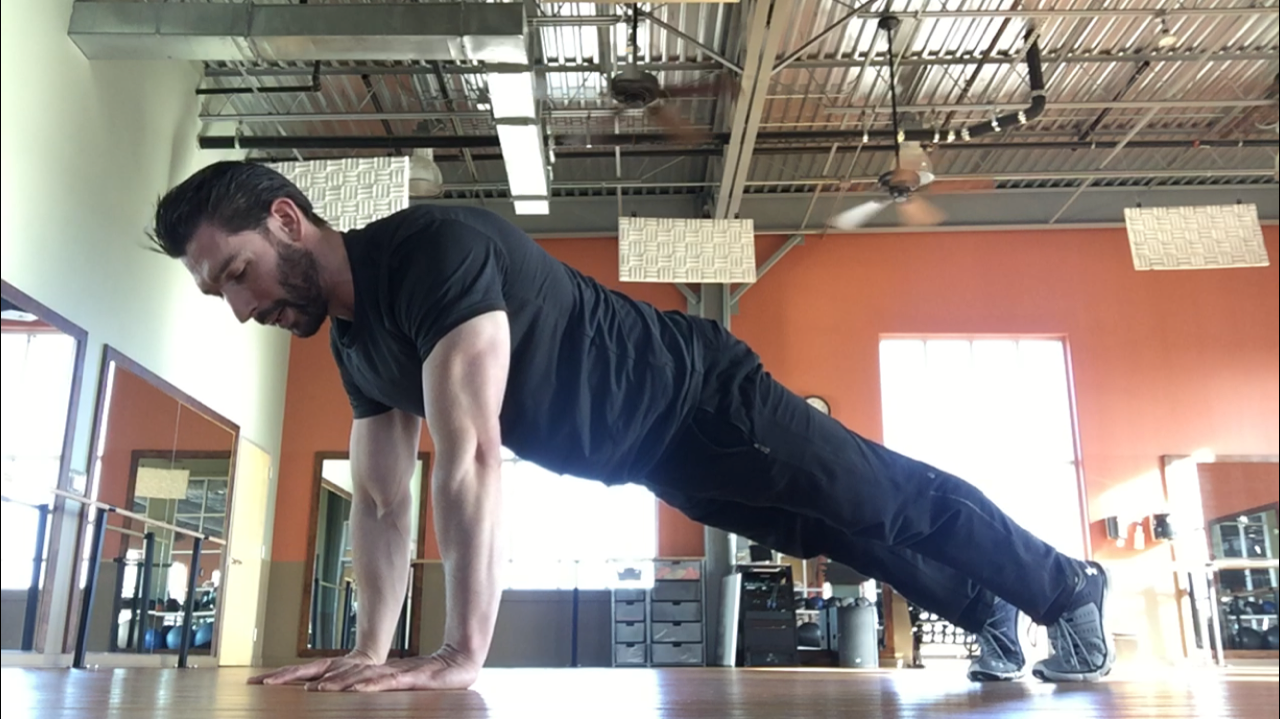Probably the most overworked and underappreciated part of our bodies is our feet.
If you’ve ever experienced that pain in your heel when your foot first hits the floor in the morning then you probably know what I’m talking about. It’s hard to walk because with each step the part of your body that touches the floor is sending up shockwaves of pain. So you end up limping around, searching for those “arch support” insoles to stick in your work heels or dress shoes. They’re supposed to help but for some reason the problem never seems to go away.
Without even knowing it you’re making the problem worse.
Our feet are the last part of our body that comes into contact with the ground, with our entire body weight bearing down on them. All day, every day. No other part of our body has so much constant demand put on it. Given that fact you’d think we would want our feet to be the toughest and strongest they can be. I’m going to let you in on a little secret.
Big tobacco, fossil fuels, for-profit insurance; these scandals pale in comparison to the marketing lies of Big Footwear.
Just kidding, those industries are far, far worse, but big footwear is pretty bad. Every day they show you ads and tell you about the next generation of shock absorbing, arch supporting, physics defying footwear that is going to make you run faster and longer and charge up more stadium stairs than you ever have in your life. Because you gotta protect your feet, right? They need cushioning and support, and a huge sole that dampens the damaging impact of the ground. Your feet are soft, delicate flowers that need to be wrapped in a protective layer of cushioning and shock absorption. Hopefully at this point you don’t need me to tell you that’s complete nonsense.
Who makes it through the jungle alive, Indiana Jones, or the pampered prince sitting on his fluffy pillows being fed grapes by his servants?
If you want to avoid foot pain and all the things that go with it then you want your feet as strong and tough as possible. Plantar Fasciitis can be caused by a myriad of things. Stuffing your feet into tight, cramped shoes all day is one of them. Sitting all day is another one. Even standing for long periods can cause this problem. But the biggest problem is not knowing how to address these issues to preserve the strength of your feet. When you shove your feet into tight, uncomfortable shoes for long periods, the muscles in your feet get tight and cramped up themselves. This can lead to your calves getting tight also. As anyone who has had plantar fasciitis knows, your feet hurt, but if you rub your calves, they feel pretty tight and beat up too.
When you sit all day your hamstrings become shortened and your glutes inactive. This can also lead to sciatica but it can also severely impact plantar fasciitis. To put it simply: you’re inactive. And even if you go to the gym or do some form of exercise, chances are you’re not undoing the damage you’ve done from sitting all day, or having your feet cramped up in terrible shoes, by working the knots out of your feet, foam rolling and stretching your calves, stretching your hamstrings, and then doing some glute bridges or something to get your glutes active before you start your routine. It also helps to activate the tibialis muscle, which is the muscle on your shin and helps support the arch in your foot. You can do this by putting some type of weight or resistance around your toes and then flexing your toes up toward you against the resistance so your shins warm up.
In conclusion.
So there you have it. Ditch the awful, tight, constrictive shoes, along with the ones that pad your feet up in some kind of pillow. Have at least one day a week, or maybe the evenings when you’re done with work, be a barefoot session where you walk around with no shoes or flipflops or anything on your feet. If you have plantar fsciitis or even just foot pain in general, use a foot massage ball (my favorite small massage ball), or a rope at the gym, or a frozen water bottle, or anything really to break up the tension in your feet. Then foam roll your calves, stretch your calves, stretch your hamstrings, activate your glutes and tibialis, and you should be good to go. Depending on the severity of the condition you might have to do this routine for a week or two before the foot pain goes away.
If you have any questions feel free to hit us up in the link below!



